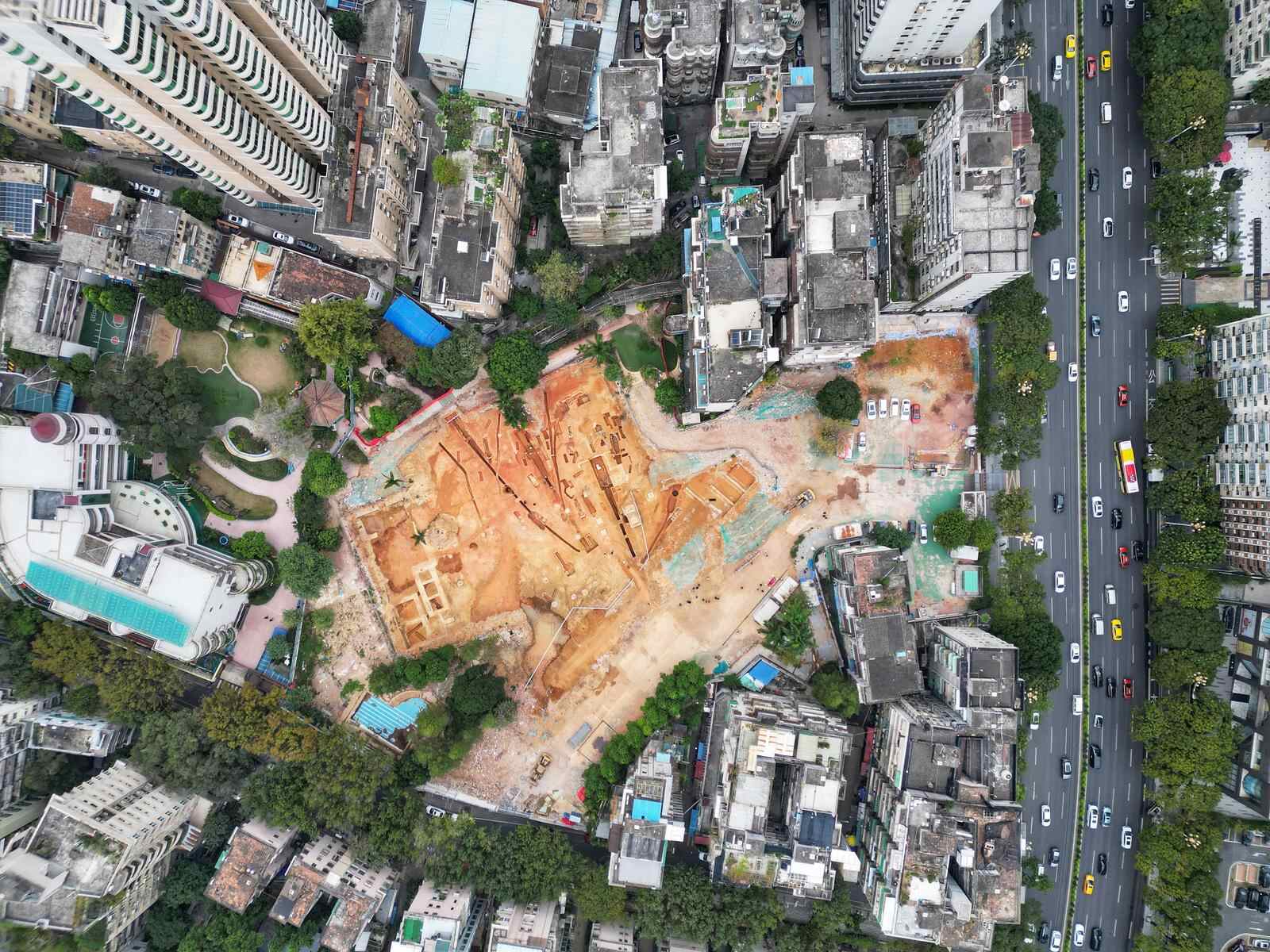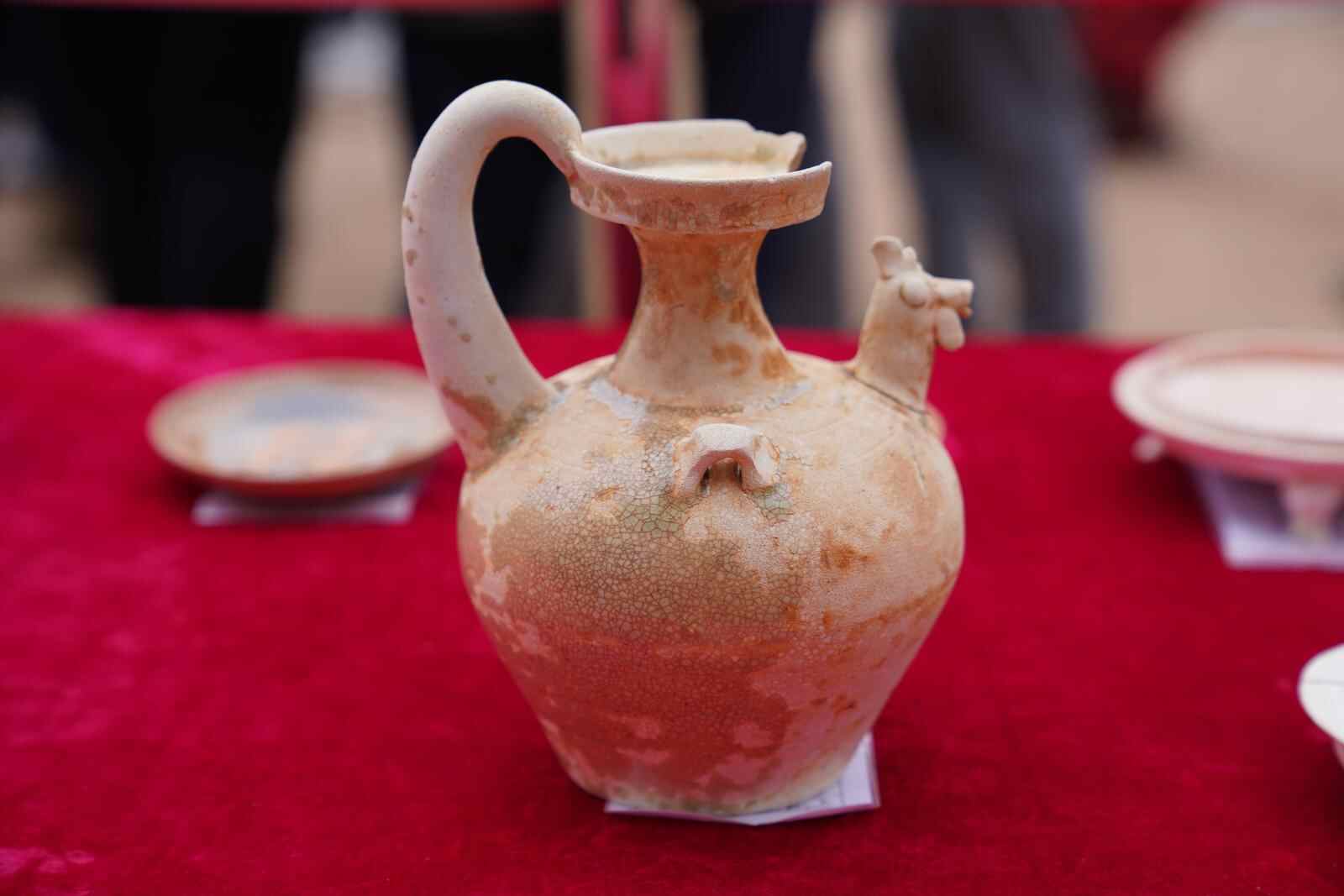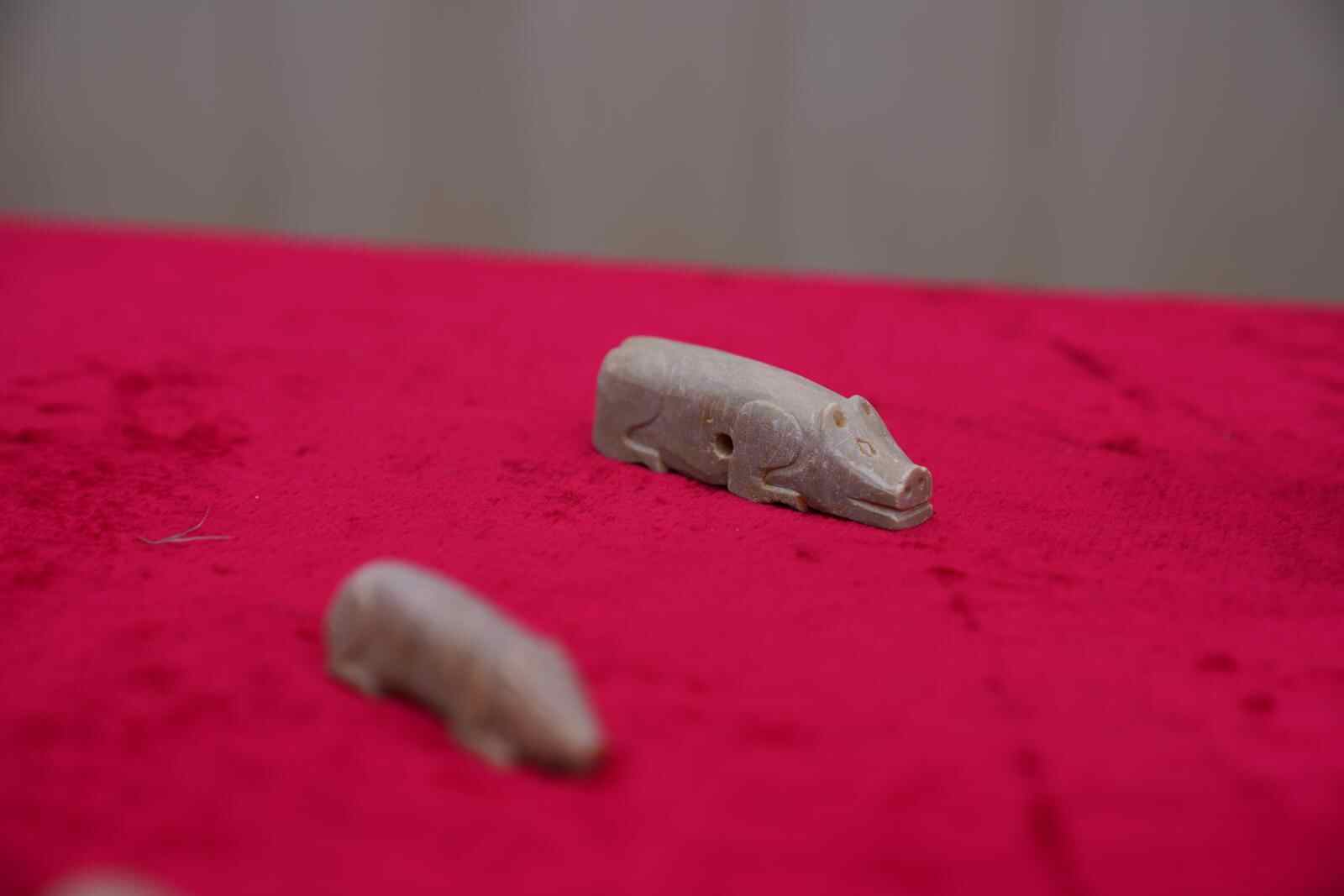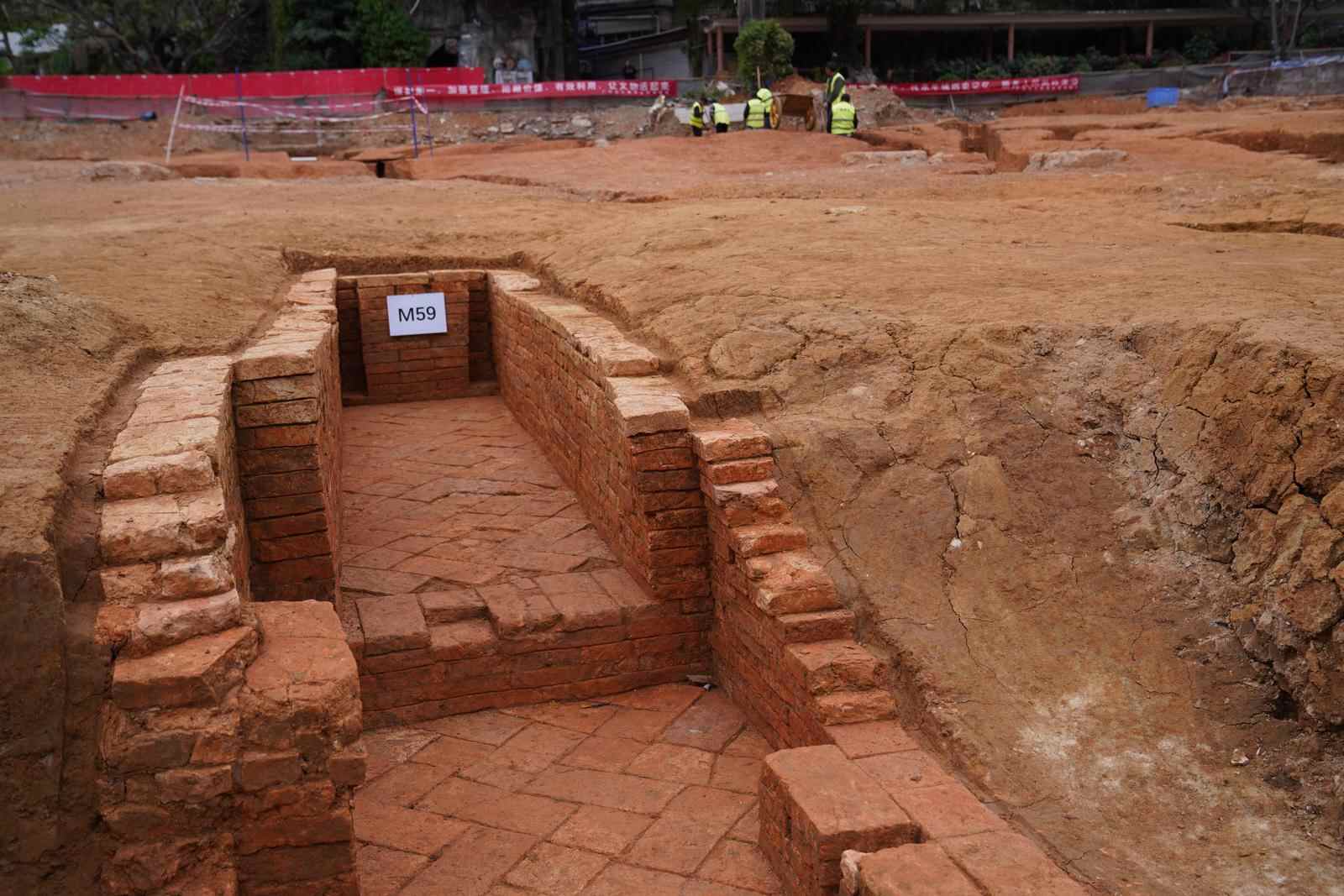The recently rumored news about the excavation of cultural relics at Dongfeng East Road Elementary School has been confirmed.
On December 16th, the reporter visited the archaeological site at Dongfeng East Road Elementary School in Yuexiu District, Guangzhou. Professionals were still working on-site. The scale of the excavation is significant, and surveys have indicated that the tombs mainly date back to the Han Dynasty (BC 206 - AD 220), the Jin Dynasty (AD 265–420), and the Wei, Jin and Southern and Northern Dynasties (AD 220-589). Many tombs from the Southern Jin Dynasty feature exquisitely designed long drainage channels.

What about the unearthed artifacts? According to Zhu Mingmin, Vice Director of the Guangzhou Municipal Institute of Cultural Heritage and Archaeology, a total of around 90 relics from the Han Dynasty to the Qing Dynasty have been discovered at Dongfeng East Road Elementary School and the teaching building of Guangzhou Second Kindergarten. Among them, there are 71 tombs, including 20 from the Period of Wei, Jin and Southern and Northern Dynasties, 14 from the Tang and Song Dynasties, and 37 from the Ming and Qing Dynasties; as well as 9 ash pits, 3 wells, and 7 drainage channels. Approximately 108 pieces (sets) of various types of artefacts have been unearthed, including chicken-headed pots, green-glazed bowls, three-legged inkstones, four-handled jars, and soapstone pigs.


Regrettably, due to the impact of modern construction, the majority of the ancient relics discovered this time are not preserved well. As the distribution of the tombs is concentrated, most of them were interrupted by the later ones or robbed by grave diggers, resulting in a limited number of unearthed artifacts. Also, due to the lack of written materials, the identities of the tomb occupants cannot be confirmed yet. However, considering the fact that there was no evidence of high-profile burials, professionals gave a preliminary assessment that the tomb occupants were common people.
It is reported that the site of Dongfeng East Road Elementary School and Guangzhou Second Kindergarten, where the expansion and construction project was carried out, is located on the south side of Dongfeng East Road in Yuexiu District, adjacent to Fujin Road in the east and Sanyu Road in the south, covering an area of 20,744 square meters.
As the project area falls within the burial area of the "Honghuagang-Zhusigang-Meihuacun" underground cultural relics, as the laws and regulations on cultural relic protection suggest, the Guangzhou Municipal Institute of Cultural Heritage and Archaeology conducted archaeological surveys on the project site in February, March, and October 2023. This led to the discovery of cultural remains from the Han Dynasty to the Qing Dynasty. After obtaining approval from the National Cultural Heritage Administration, the archaeological excavation (Phase I) officially commenced in November 2023.

The discovery site this time is located in the eastern suburbs of the ancient city of Guangzhou, approximately three kilometers away from the center (around the present-day Beijing Road and Zhongshan Fourth Road area). Zhang Xi, the project leader of the archaeological excavation at Dongfeng East Road Elementary School, mentioned that since 1953, archaeologists have carried out multiple excavations in that underground cultural relic burial area, uncovering tombs, wells, ash pits, and ash channels from different periods as well as a large number of cultural relics.
Zhu Mingmin revealed that the ongoing Phase I of the archaeological project at Dongfeng East Road Elementary School is expected to be completed by the end of December 2023, which will excavate over 4,000 square meters out of the total project area of over 20,000 square meters. The whole project will complete the excavation of approximately 8,000 square meters.
Zhang Xi added that this archaeological discovery has not only confirmed the dense distribution of tombs in the eastern suburbs of Guangzhou, but also provides significant material for deepening the understanding of the distribution of tombs, particularly in the Dongshankou area, within the burial area of cultural relics.
Source: Yangcheng Evening News
















